You could spend days discovering everything El Prado has to offer, but there are a few masterpieces and captivating gems that stand out as some of the best in European history.
The Local has complied a list of the works you can’t miss at Spain’s most famous museum.
Velázquez – Las Meninas
In this masterpiece, whose meaning scholars have been arguing about for over three centuries, Velázquez paints the Infanta Margarita with her meninas, ‘ladies in waiting’. Las Meninas may be one of the most analysed paintings in history, due to the mystery behind its meaning.
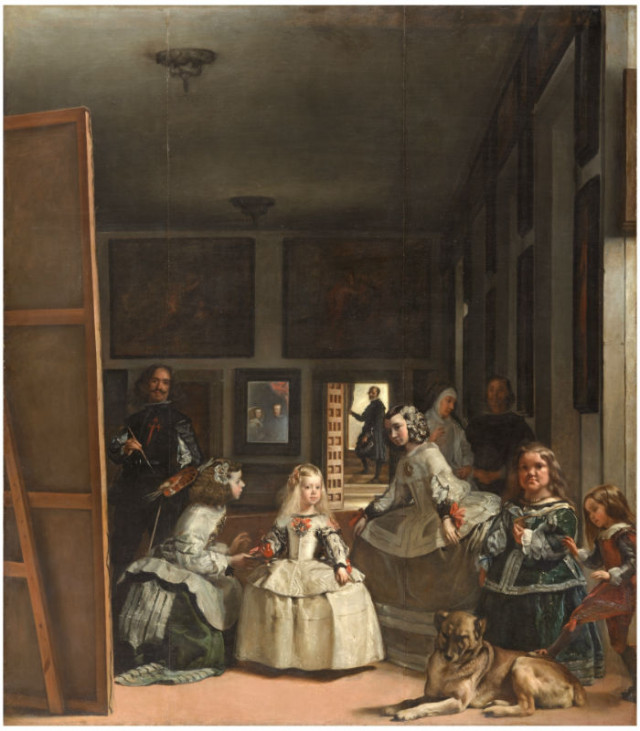
One theory is that Velázquez, who can be seen working in front of a large canvas, is painting Philip IV and Mariana of Austria, who are reflected in back mirror, when the Infanta Margarita bursts in with her ladies in waiting. Another interpretation is that it is the king and queen who have just entered the room, although not everyone in the scene has noticed it yet.
Murillo – The Patricians’s Dream and the Patrician recounts his Dream to the Pope
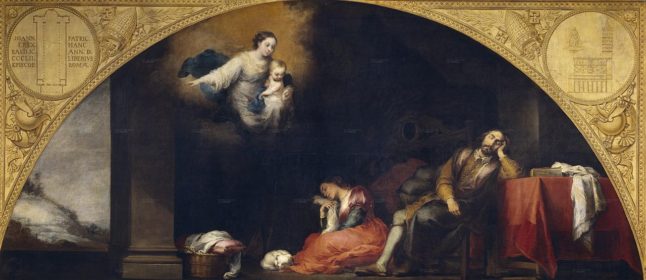
This scene narrates the founding of the Roman Church in Santa Maria Maggoire. The two strikingly large paintings are examples of masterly organised narratives, painted for the church of Santa Maria la Blanca in Seville.
El Greco – Nobleman with his Hand on his Chest
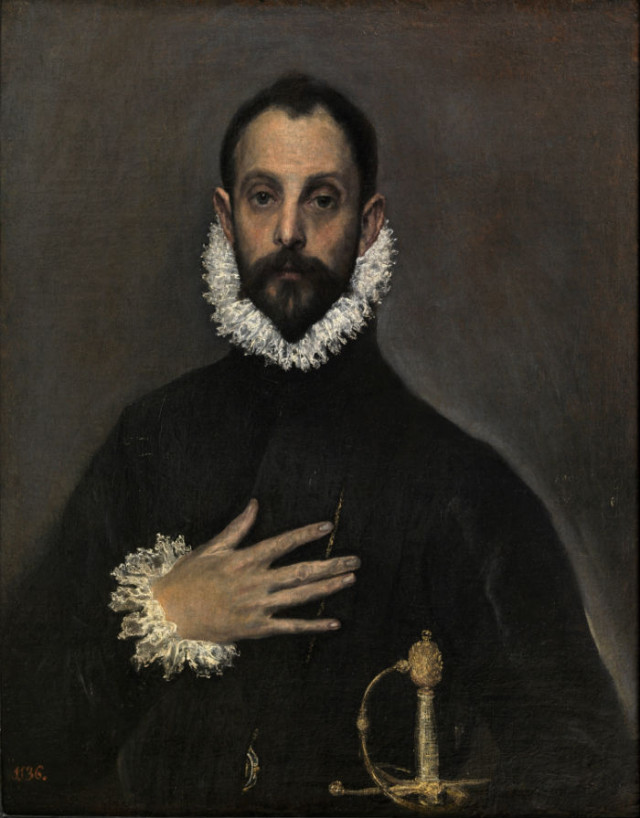
This work depicts a Spanish Renaissance gentleman, whose indentity is unknown, and many believe to be a self-portrait of Doménikos Theotokópoulos, el Greco. The natural gestures, the expressive gaze and attention to detail has made this painting one of the Greek artist’s most celebrated pieces of work.
Bernardo López – María Isabel de Braganza as Founder of the Museo del Prado
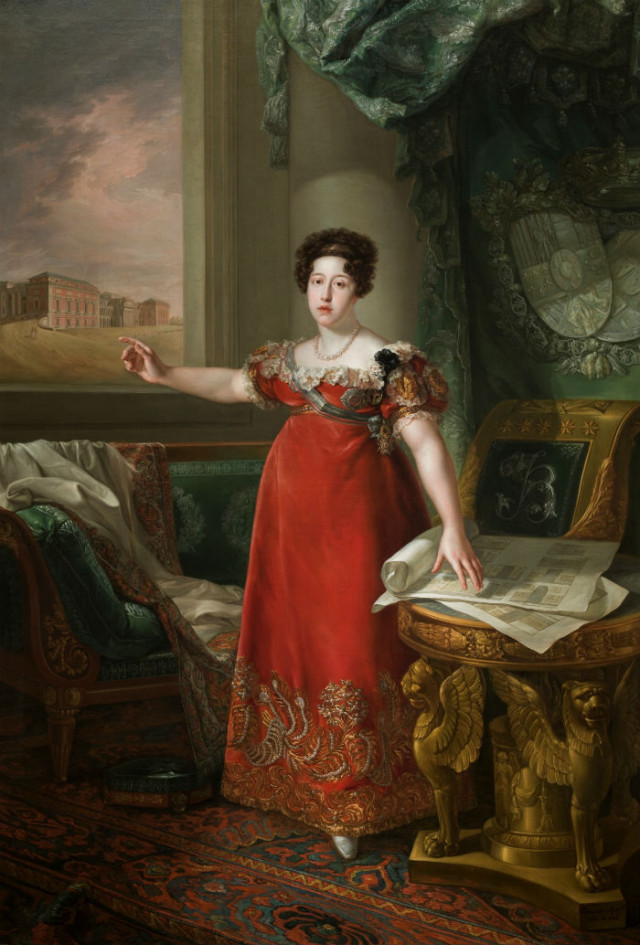
Wife of King Ferdinand VII, it was María Isabel de Braganza who encouraged her husband to use El Prado, which was originally intended to house the Natural History Cabinet, for a national museum of paintings and sculptures.
She stands in this painting in a red embellished gown, with her finger pointing towards the museum.
Claudio de Lorena – Landscape with Tobias and the Archangel Raphael, The Finding of Moses, Landscape with the Burial of Saint Serapia, The Embarkation of Saint Paula
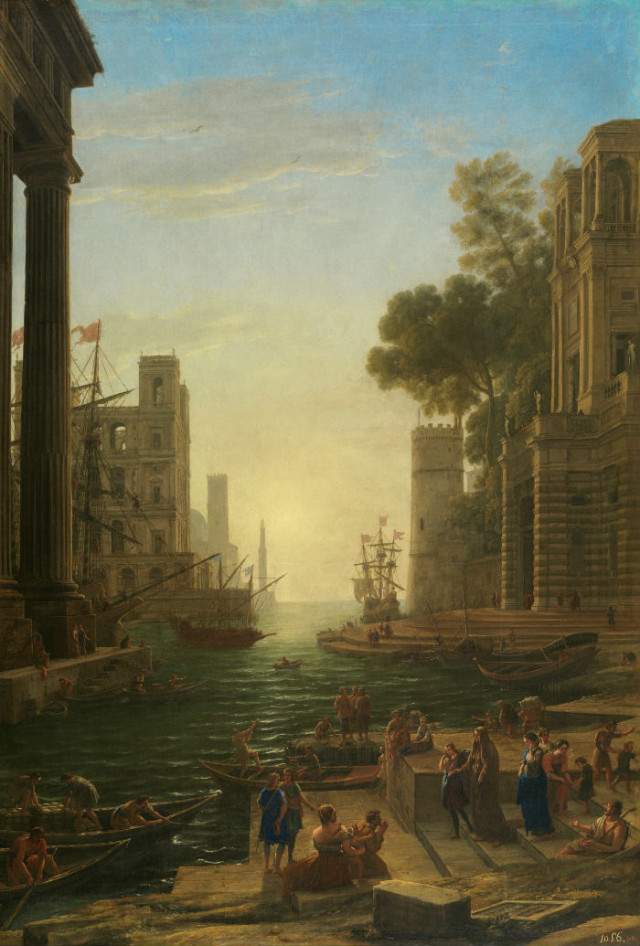
These four landscapes, which can be found hung in a line in the museum, capture the effects of radiant sunlight in various scenes with trees, mountains, water as well as people and buildings.
The stunning 17th century portrayal of light at different times of day is captivating, especially if you take a step back and take in all four paintings at once.
Goya – The Family of Charles IV
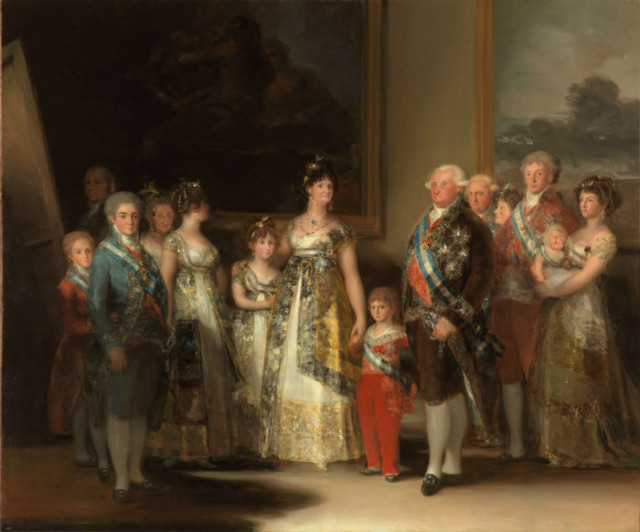
This gallant, majestic display of bourbon power, was painted just after Goya was named First Chamber Painter. Royal splendour can be seen in beauty of clothes, the richness of jewels and emblems of rank, while the different personalities of each individual can be seen in their facial expressions.
Goya – The Clothed Maja and the Naked Maja
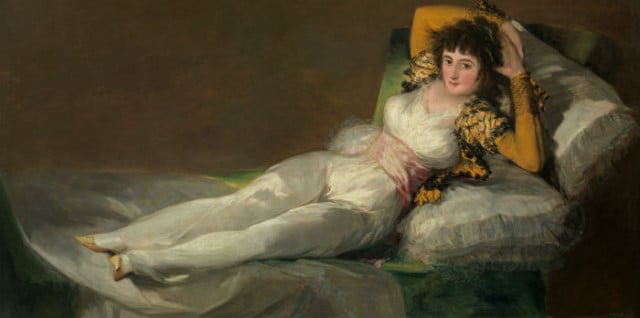
It is said that these two portraits originally hung in the home of Prime Minister Manuel de Godoy, with the clothed Maja covering the naked one, which could be revealed with aid of a pulley mechanism. The contrast between strong lighting and shadowy background is stunning, along with the finely painted silk pillows which show the illumination and softness of naked body. Both paintings were confiscated in 1813 for being too obscene.
Goya – Second and Third of May 1808
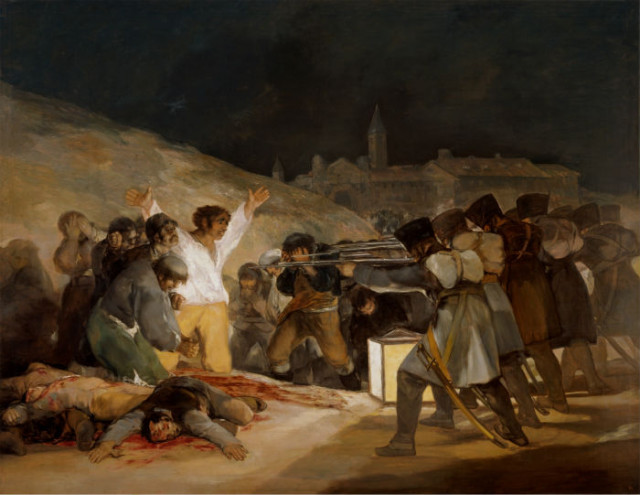
These two works, which commemorate the victims of the uprising against Napoleonic troops, highlight insanity and irrationality of violence that leads to fights to the death with one day and one night scene.
Goya – The Threshing Floor or Summer
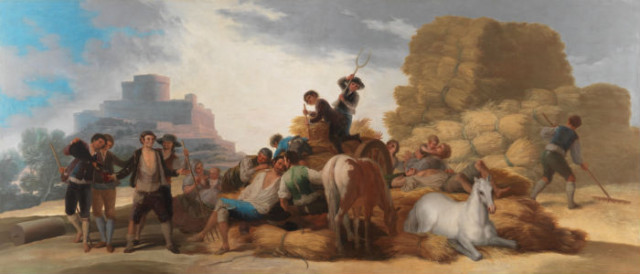
In this, one of Goya’s more cheerful works displayed at Prado, summer is illustrated through the labours of harvesting wheat, resting, getting drunk and laughing. Take a wander around the second floor to find works by Goya and others with blue skies and the same lazy, summertime feel that is portrayed in The Threshing Floor.
Goya – Saturn
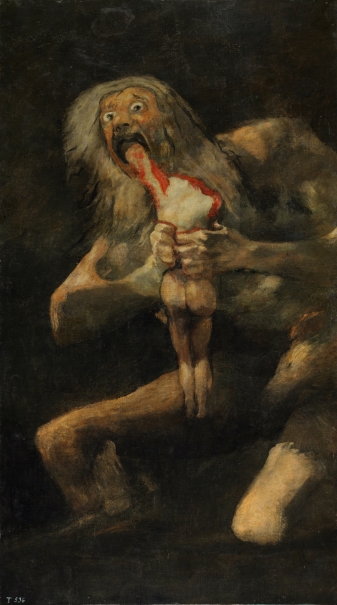
In serious contrast, on the ground floor you can find Goya’s black paintings, the sombre, almost harrowing collection whose meaning is still unclear. In this, on of the more powerful of the black paintings, we see Saturn devouring one of his sons, personifying the human emotion of loss of power.
Hieronymus Bosch, The Garden of Earthly Delights
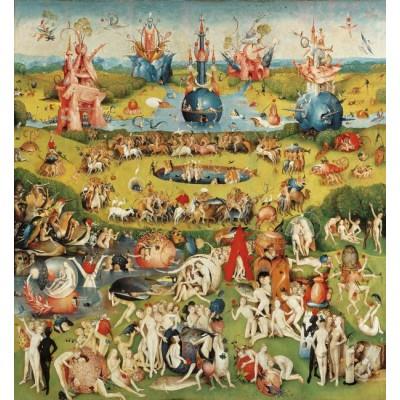
This complex and enigmatic masterpiece is another of the more well-known works at Prado. It comprises of three scenes on the theme of sin, starting with Adam and Eve in the Garden of Eden, and ending in Sin’s punishment. Although over 500 years old, the painting portrays an almost futuristic vibe, with attention to detail that could be pondered over for hours. The work relates to false paradise over lust and the enjoyment in sinful pleasures.
Rubens, The Three Graces
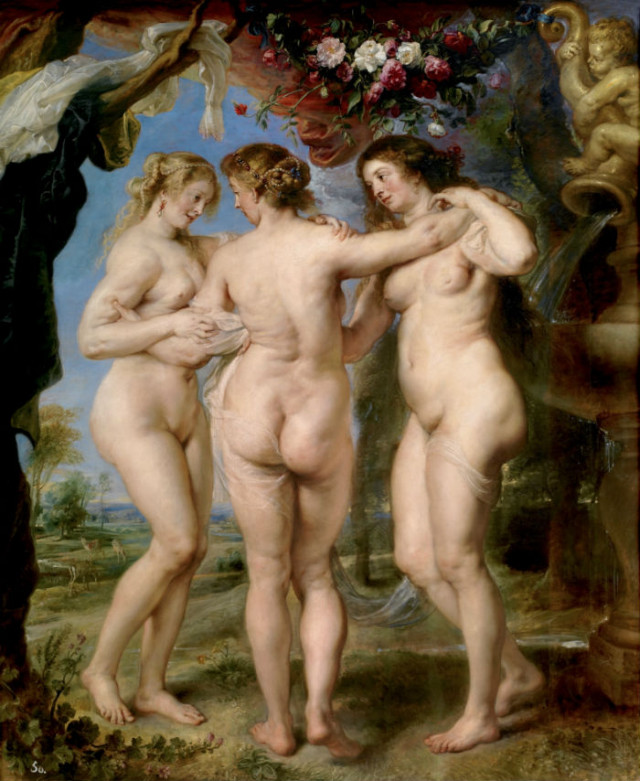
The Three Graces, surrounded by flowers and countryside, are symbols of love, beauty, sexuality and fertility. The work gives a feel of joy and sensuality, perhaps inspired by the love happiness and pleasure that Rubens experienced in his second marriage.
Titan, Danaë and the Shower of Gold
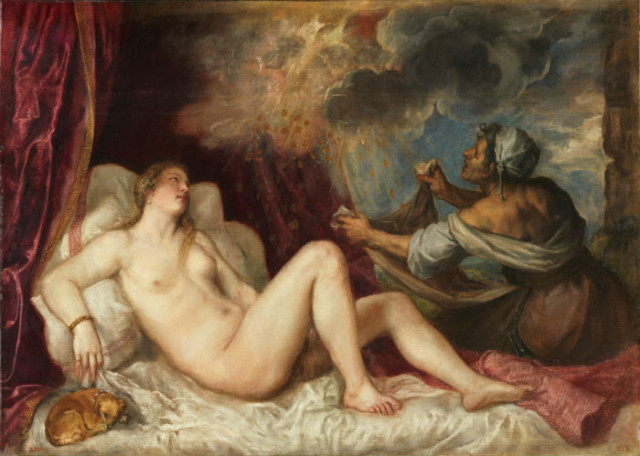
This work illustrates the moment in which Jupiter possess the princess in the form of golden rain, and is thought to have been intended as a delight for the senses, rather than something to be pondered over. The version of this painting in Prado is more erotic than other versions, with total nudity and Danaë’s ecstatic expression.
Titan, Emperor Charles V at Mühlberg
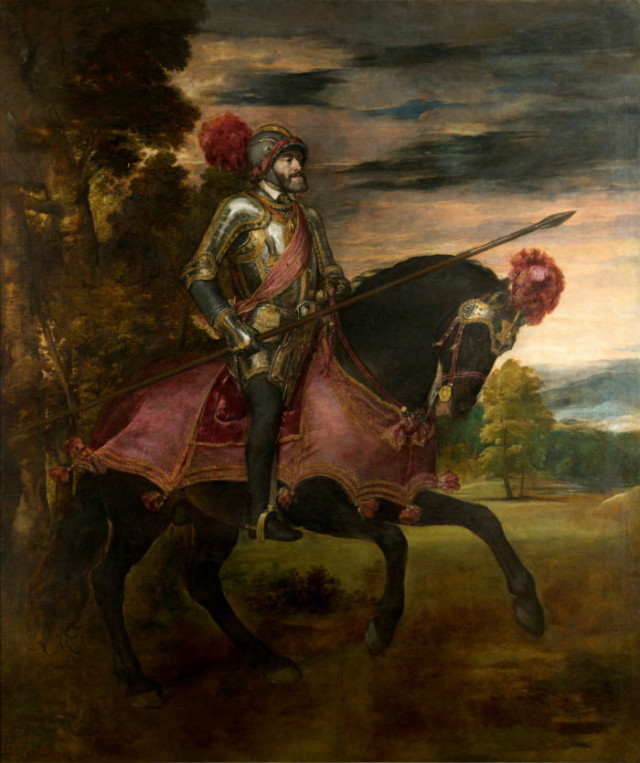
This portrait commemorates Charles V’s victory over the Schalmalkaldic League at Mühlberg on April 24th 1547. It is a piece of political propaganda, which was part of the campaign intended to punish those who had revolted against their legitimate leader. The work echoes back to traditions of equestrian portraits in the Holy Roman Empire.
Joachim Patinir – Charon crossing the Styx
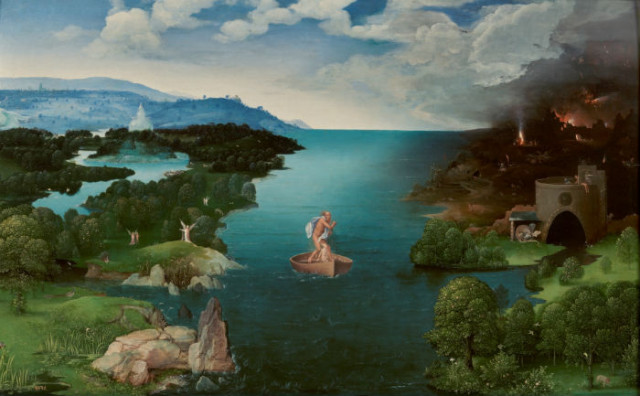
Drawing together biblical images and classical sources this powerful piece uses light, colour and contrast to illustrate the moment in which the human soul must decide upon its ultimate destination when the moment of death arrives. On the left is earthly paradise and on the right is purgatory with the blue riving running through the centre.
Practical information
The permanent collection of the Prado Museum is open between 10am and 8pm Monday to Saturday and 10am to 7pm Sunday’s and bank holidays.
Tickets cost €15 or €7.50 for concessions (Over 65, those with large family cards or youth cards). Under 18s and students aged 18-25 with ID can go for free.
Entrance is also free for everyone for the last two hours before closing every single day.
Tickets can be bought in advance HERE.
By Alice Huseyinoglu
READ ALSO: Off the beaten track: Eight Madrid museums you’ve probably never heard of

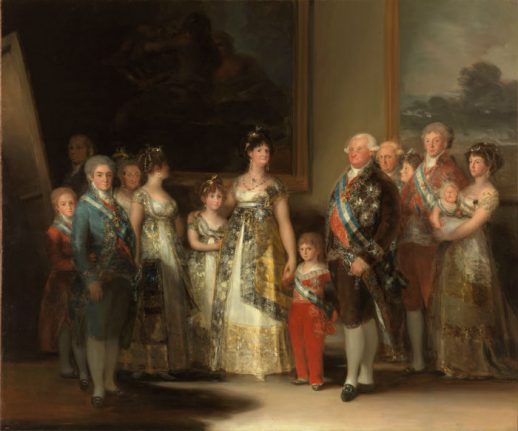
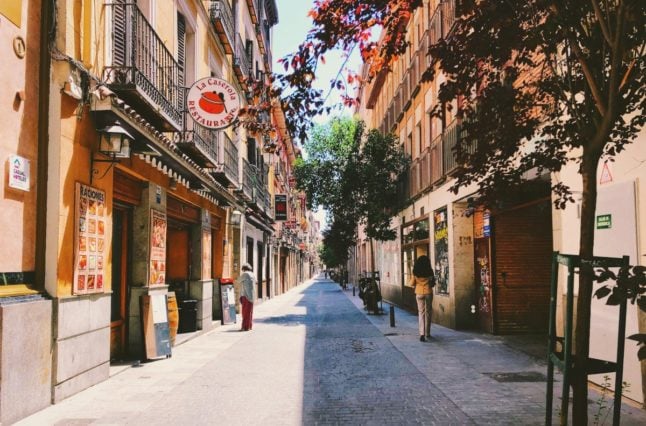
 Please whitelist us to continue reading.
Please whitelist us to continue reading.
Good article but it’s Titian not Titan